You may have been excited to work with a group of children in a garden, only to discover that the experience did not live up to expectations for either you or the children. You may have overestimated what you could accomplish and gotten frustrated, or the children may have found your structured lesson plan, too structured. You may have planned very little and then realized that the children could have used more guidance. You may have not anticipated the specific stage of development of the age group with whom you were working, or you simply have needed more adult help or more tools and supplies. Don’t give up. Learn as you grow, so to speak, and try again. Here are some tips that may help:
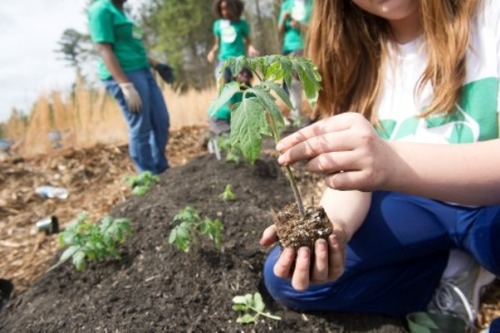
Remember that many children may have never been in a garden. This means they may not know basic garden etiquette, such as not stepping on (or running through) garden beds. They may actually be scared of some things, like bugs or bees. They may not be used to patiently observing things. And they need your help to teach them about all these aspects to a garden, and how to behave safely and respectfully. Keep it clear and simple and kids tend to get it.
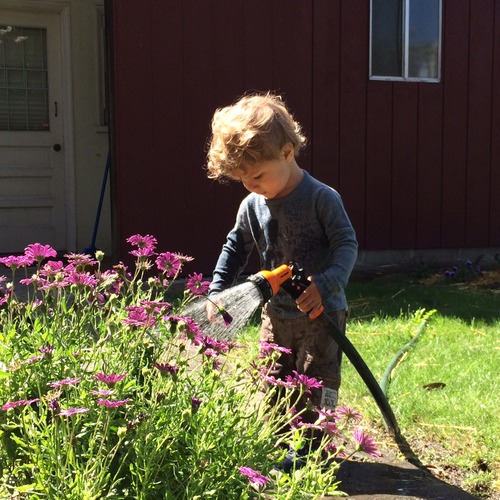
Young children are happy to putter, and they lose attention quickly. Don’t get hung up on long lesson plans for the little ones. They will be happy to dig a hole, plant a seed, paint a decorative rock or try to catch a butterfly. Be aware that the mood you create with them in the garden will set the tone for how they feel about gardening perhaps for the rest of their lives. Make it fun. Make it memorable and let them enjoy the discovering nature.
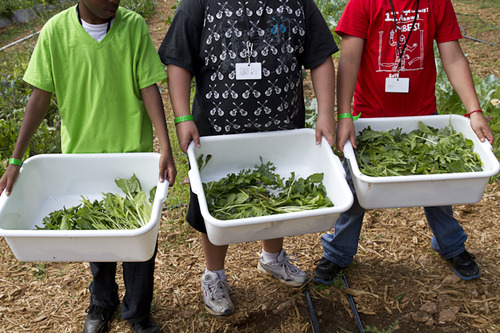
Follow the children’s lead to see what they are interested in. If they find an inchworm, use that as an opportunity to teach about measurement. If they seem fascinated with how fast a bean seed germinated, that’s a great time to talk about the parts of a plant and how seeds grow. Toss in a little history nugget here and there, such as “Did you know that people carried seeds with them when they moved to a new country?” Show math in nature: "Look at how the beehive is made up of hexagons!” Create art in the garden: “Let’s see how many make different colored dyes we can make from plants.” Tell stories. Sing songs. Dance. Pretend. Senses are heightened out in nature, and the children will learn more than you can imagine.
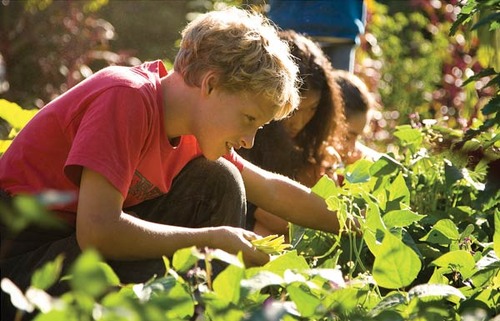
Middle-schoolers need to feel necessary.
They are at an age where they are not quite sure where they fit in. This is also a time when they start to feel a heightened sense of environmental concern or responsibility. This coincides with them being at an age where they are strong enough to do real work now. Take advantage of these crossroads in their lives to focus their attention on solving a real problem and achieving something tangible. They are ready now to be presented with goals such as “create a new twenty-five foot row” or “ Find ways to save more rainwater" and to figure out for themselves how to achieve them. Give them the opportunity to create their own vision so they truly feel ownership of it. Jump in to help where needed, but don’t solve the problems for them (and do let them make mistakes). You’ll see their self-esteem, decision-making capabilities, and teamwork skills soar.
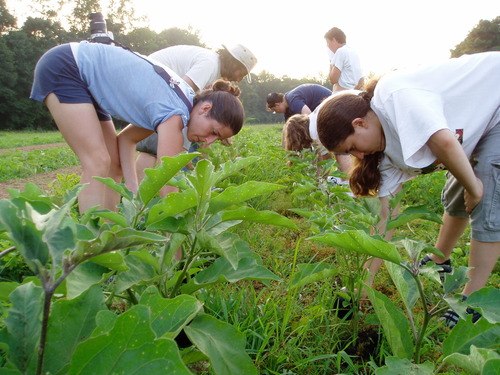
High schoolers are ready for serious projects and leadership.
Students of this age are ready to tackle higher-level academic subjects in depth and to propose innovative experiments that test their knowledge as well as what’s possible in a changing world. A high school garden program is a terrific place for a STEAM emphasis (Science, Technology, Engineering, Art and Mathematics) as students computerize irrigation, build solar systems, propose biomimcry inventions, and study all aspects of environmental science. Artists can find inspiration in the garden, journalists can cover the garden story through multimedia, film students can document it, language students can build communications connections across cultures through signage and multicultural events, math students can create budgets and planting plans, and those with special needs can benefit from sensory integration as well as job skills training in the garden to create pathways to future success. In fact, I can’t think of anything that can’t be taught in some way in a school garden! If you listen, truly listen, to what the children— of all ages— tell you about their interests, the garden can help them grow in those directions.
For more gardening tips and inspiration, check out Farmer D’s book Citizen Farmers.
0 COMMENTS